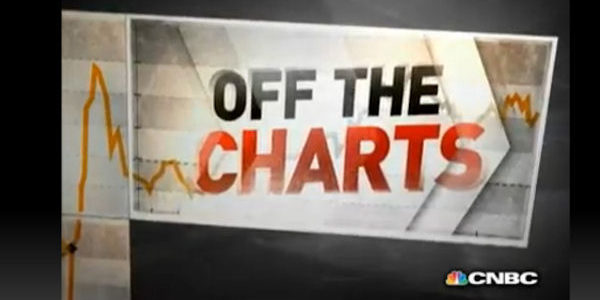by Elisabeth Gurdus
As the host of CNBC’s “Mad Money,” Jim Cramer always tries to find positive trends that can help you make money even in the most dismal situations.
And while there’s no way to make light of the tragedy that came out of Hurricanes Harvey and Irma, some sectors actually did benefit from the destruction in the South, Cramer said.
“There are some industries that truly make out like bandits when the Gulf Coast gets hit with a really bad hurricane. I’ve already talked about how the half million wrecked cars from Harvey could lead to a resurgence in the auto industry [and] how the insurance industry might be able to raise your rates without paying out as much in claims because so few people have flood insurance on their homes,” Cramer said. “The biggest winner, though? Probably the oil refiners.”
The refining business depends on margins, which are defined by something called the “crack spread.” The crack spread is the difference between what refiners pay for crude and what they make from selling the end product, usually gasoline or heating oil.
Cramer’s charts point to 3 refiners that could surge in the hurricane recovery from CNBC.
When a refinery is taken offline but the price of oil stays the same, the price of gas rises, and as a result, refining companies’ profits rise, too.
“That means when a hurricane like Harvey floods the coast of Texas and Louisiana, where so many refineries are located, a lot of capacity gets shut down, and that ends up being a huge boon for refiners who can take advantage of it,” Cramer said.
In fact, the VanEck Vectors Oil Refiners ETF is up over 10 percent since it bottomed in June, meaning refinery stocks are indeed getting a boost due to the Harvey-induced shutdowns.
The “Mad Money” host came to this conclusion with the help of technician Bob Lang, the founder of ExplosiveOptions.net and one-third of the team behind TheStreet.com’s Trifecta Stocks newsletter.
Lang turned to the daily chart of Andeavor, an oil refiner formerly known as Tesoro Petroleum. Since Andeavor bottomed in April, it made a series of higher highs and higher lows, a promising sign.
Moreover, its Chaikin Money Flow Oscillator, which measures how many people are buying and selling the stock, has been incredibly strong and even held steady when the stock sold off, which tells Lang that deep-pocketed investors are buying the stock hand over fist.
Andeavor may have pulled back in August, but has since surged back in a flag pattern, which is when shares run up rapidly, consolidate for a while, then rally again. Lang thinks Andeavor’s stock can even hit $110 a share in the not-too-distant future.
“My favorite thing about Andeavor, though, is that none of its refineries were in Harvey’s path,” Cramer said. “They’re benefiting from the shutdowns along the Gulf Coast more than anybody else, because in addition to a bigger crack spread, Andeavor also gets to take some market share from its competitors until they get their refineries up and running again.”
Valero, on the other hand, did shut down five of its Texas refineries, but the company’s locations across the rest of the country became much more profitable thanks to the surging crack spread.
In Valero’s daily stock chart, the moving average convergence divergence indicator, which predicts changes in a stock’s trajectory before they occur, made a bullish crossover at the end of August, suggesting to Lang that the $70 stock could run up to $77 or even $80 a share.
Finally, Lang turned to HollyFrontier, a Midwestern refiner with shares up 40 percent since June. It rekindled its August rally last week and broke out above $33 this Tuesday, and with institutional investors trading the stock in high volumes, Lang thinks it could be headed to $40.
“Here’s the bottom line: the charts, as interpreted by Bob Lang, suggest that the big refiners — Andeavor, Valero and HollyFrontier — have more room to run, and I can tell you the fundamentals agree,” Cramer said.




















